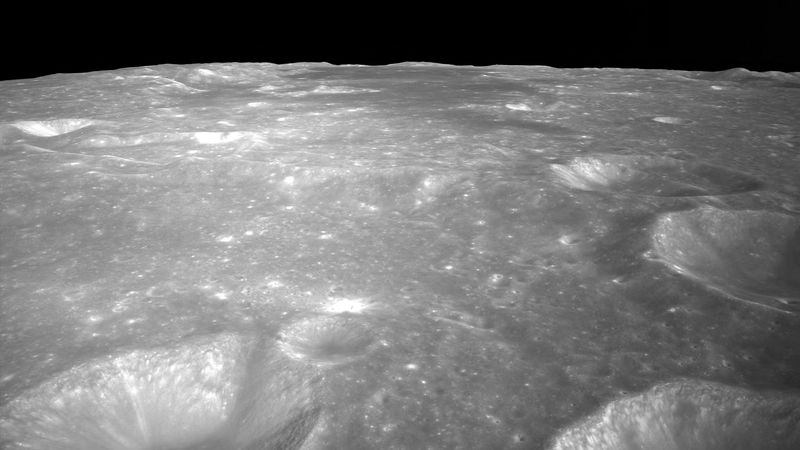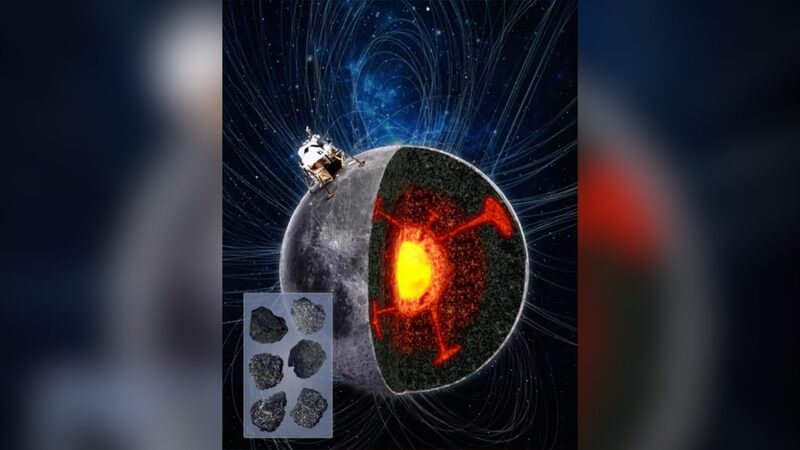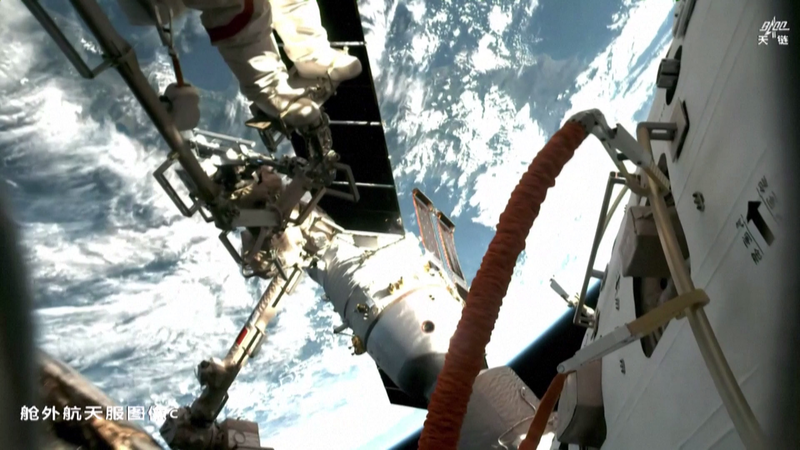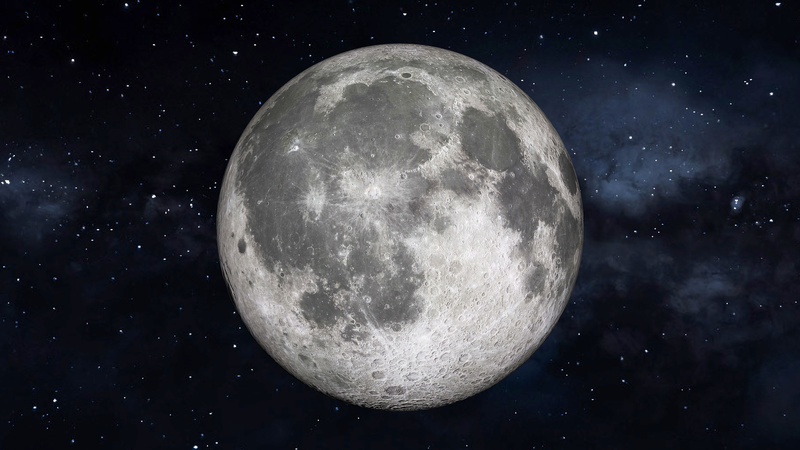Chinese scientists have made a groundbreaking discovery in lunar soil samples retrieved by the Chang'e-6 mission, identifying micrometer-scale hematite crystals – a form of iron oxide commonly known as rust – on the moon's surface. The findings, jointly announced by the China National Space Administration, Shandong University, and the Chinese Academy of Sciences, challenge long-held assumptions about the moon's chemical composition.
Analysis of samples from the South Pole-Aitken Basin revealed both hematite (α-Fe2O3) and maghemite (γ-Fe2O3) formed through large-scale impact events. This first-ever confirmation of crystalline Fe2O3 provides new evidence about oxidation processes occurring in what was previously considered an oxygen-poor environment.
Published in Science Advances, the research offers fresh insights into the moon's geological evolution and could reshape strategies for future lunar exploration. The discovery holds particular significance for understanding water-ice preservation in permanently shadowed regions and potential resource utilization.
As nations accelerate lunar exploration programs, these findings position China's space program at the forefront of extraterrestrial material analysis. The breakthrough also demonstrates growing international collaboration in space research, with scientists across Asia contributing to sample analysis and interpretation.
Reference(s):
'Rust' on the moon? Hematite discovered among Chang'e-6 lunar samples
cgtn.com








